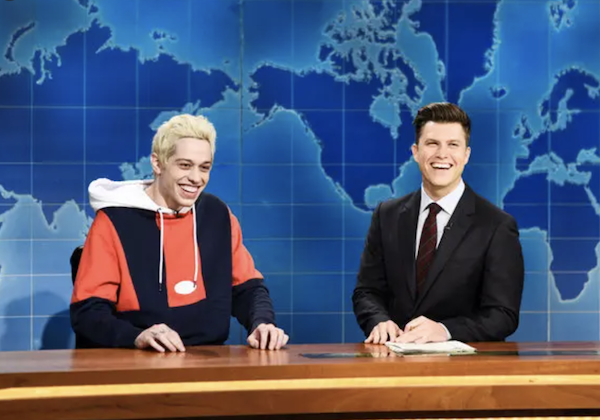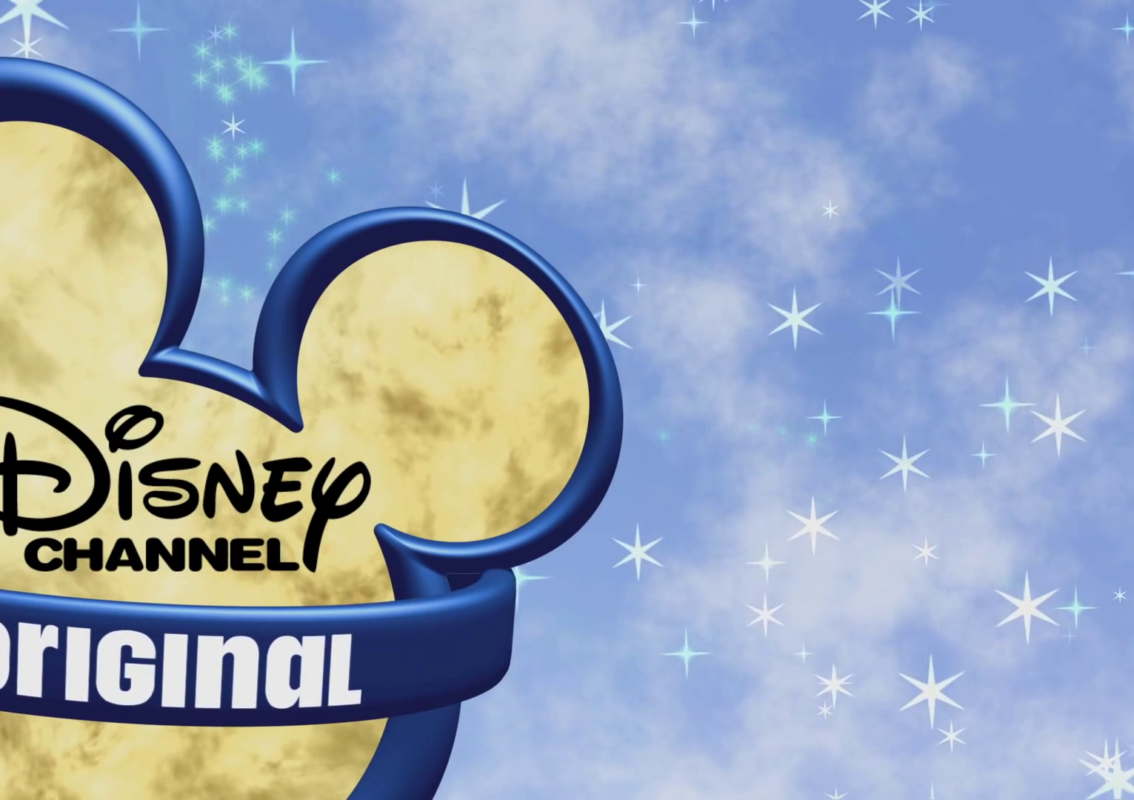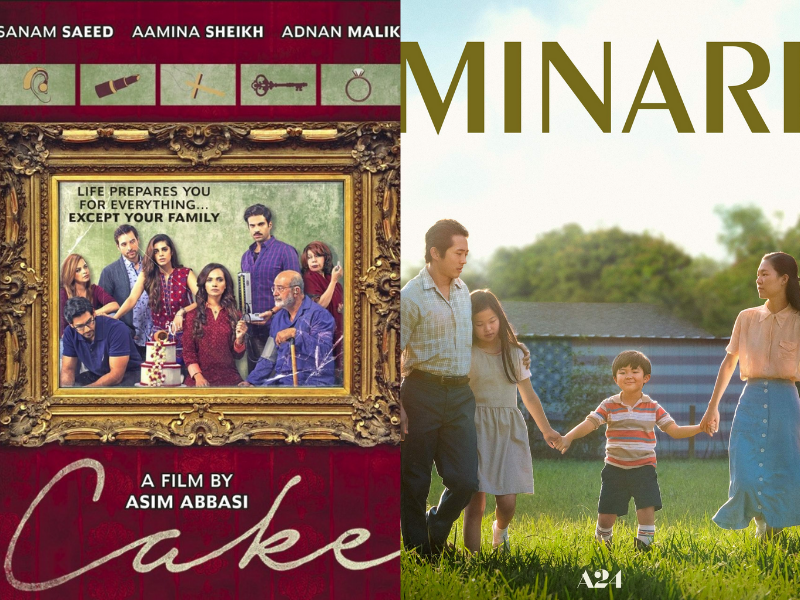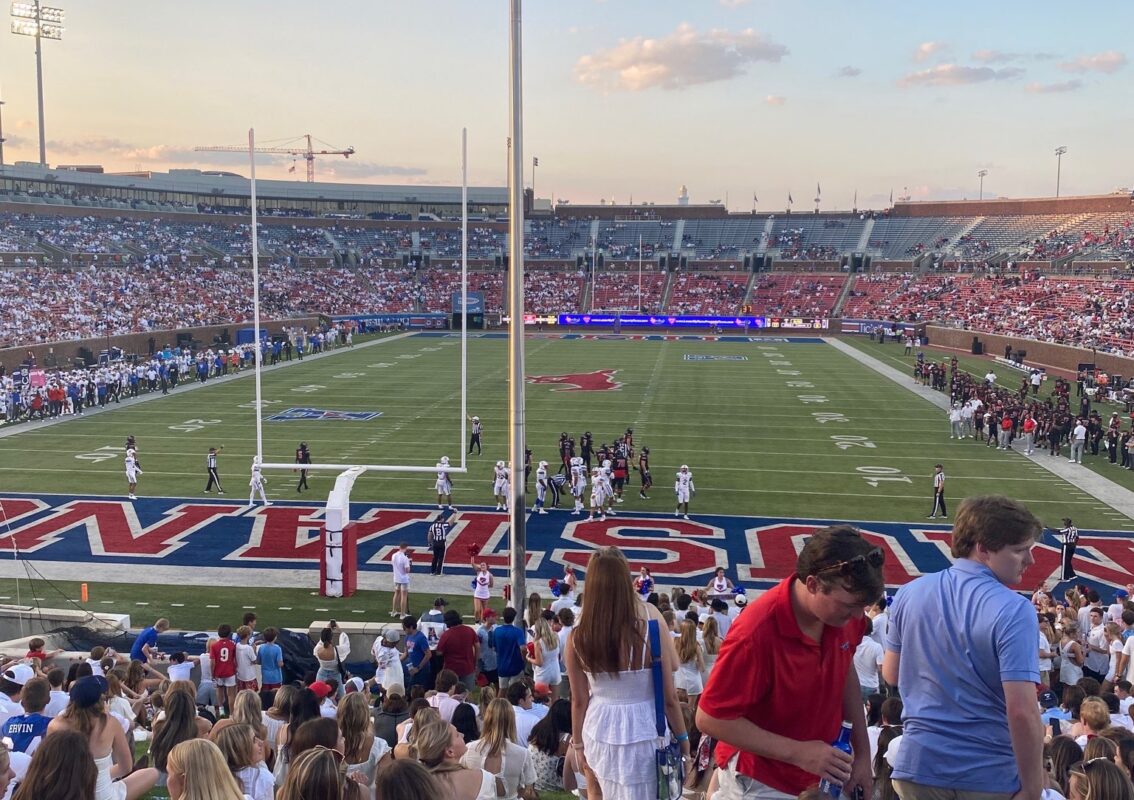As the dominance of streaming, social media, and YouTube continues to make changes to prime-time television, late-night comedy shows, too, have had to reassess their demographic, viewership, and their content in order to remain relevant. Though their methods for doing so have varied from show to show, the over-saturation of the media landscape has caused legacy comedy programs to have to market themselves and promote their content in ways that they previously have not.
With 67 Primetime Emmy Awards, more than any other show in history, Saturday Night Live has created quite a legacy for itself in its 46 seasons on air. Despite the show’s history, ratings have been inconsistent since the 2000s, with its highest-rated seasons in the 70s and 80s, according to Forbes.
“There is a bit of a legacy there with Saturday Night Live,” Tara Quist said. “A bit of a commitment where if you grew up with it, like I did, you just stay very committed to it because you also remember the way that it was in its hay day.”
Though Quist identifies that the “hay day” of the show was in its early seasons, younger viewers acknowledged that the television ratings system may be outdated.
“I watch a lot of shows on Youtube and on social media. I don’t think anyone under 30 really watches TV Live anymore,” UCLA junior Electa Narasin said. “I just think TV ratings may not be the best metric for a show’s relevance anymore.”
Narasin’s ideas are echoed by a reconsideration of the rating system in the last few years. Brian Spielberg’s 2017 Variety article outlines growing controversy over how audiences are measured, how they should be measured, and the purpose these metrics serve.
Late-night comedy has become a category of growing popularity on Youtube, with skits and games frequenting the trending categories. This Youtube prominence is an aspect of the shows’ reach not accounted for in current ratings.
SMU Junior Kate Pitney noted that an element of Saturday Night Live’s continued relevance has been their ability to engage with social media.
“I think SNL is endlessly successful at bringing in actors who are current and funny and doing something creative with them,” Pitney said. “The Pete Davidson and Timothée Chalamet skit on SNL where they’re rapping is something that’s become almost iconic and has been used across so many other platforms already at this point that I don’t see it dying out anytime soon.”
Other shows, including The Late Late Show with James Corden, have relied on more lighthearted and entertaining content to attract younger viewers. Corden’s recurring segments, “Carpool Karaoke” as well as “Spill your guts or fill your guts” have become incredibly popular and consistently gone viral on YouTube after his live shows. Carpool Karaoke, in particular, which Corden has now filmed with 58 guests from BTS to Adele to Paul McCartney, has repeatedly found itself among the most popular content on the show’s Youtube channel.
“James Corden I think is doing an excellent job of that, which he started with Carpool Karaoke. I think that’s an excellent example of trying to pull in a younger audience,” Quist said. “When something goes viral or is on the internet I will watch the ad hoc skits and I really feel like that seems to come from him more so than Jimmy Fallon or Jimmy Kimmel.”
In the last several years, late-night comedy has seen a poignant shift towards Youtube hi-lights over full episode viewers. Younger viewers, in particular, noted watching content exclusively after its live broadcast. The Late Late Show with James Corden, in particular, has seen considerable Youtube success, amassing 26.3 million subscribers.
“The only thing I watch is carpool karaoke and the funny games they do later when it’s in highlights,” SMU Junior Katie Jones said.
Pitney echoed her sentiment, going on to note that she no longer has a cable subscription. “I watch SNL skits a lot and probably a lot of those other shows on Youtube because I don’t have cable,” Pitney said. “There’s actually a 5-part compilation of every Stefon skit ever with Bill Hader that I have admittedly watched more than once.”
Will Jeakle’s 2020 Forbes article attributes part of this shift to filming schedules during the Covid-19 pandemic, during which many late-night talk show hosts opted for minimally edited Zoom interviews as a staple of their Youtube content.
Despite this notable shift, shows have maintained their live broadcasts, many offering streaming options afterward. Within these productions, shows like Saturday Night Live have used both their host selections and their musical guests in order to bring in a younger audience, while also maintaining their loyal viewers.
“Saturday Night Live really straddles the fence. I think they keep their older demographic like myself interested with the political satire skits,” Quist said. “Where I think they lose us is with their musicians. They’re younger and the music is not really anything that we grew up with so really at that part of the show is where I sort of drop off.”
Though Quist identified political satire as a poignant attempt to maintain their long-term and older viewers, younger audience members noted being drawn in by that content as well.
“I think that SNL has existed for so long that the original audience members may be over it, but I don’t think that speaks to its content quality actually going downhill,” Pitney said. “My dad hates how political it’s gotten, especially with the last two elections. I think it’s hilarious and I could watch Alec Baldwin make fun of Trump all day long.”
Among both older and younger demographics, highly political content was highly divisive, as some noted it as a deterrent for watching the show.
“I think that late-night comedy has become overly politicized and I only really watch them if a specific actor or person I like is guest starring,” Jones said.
SNL has long been known for being an avenue for comedians looking for a big break in the industry. Household names like Eddie Murphy, Bill Murray, Chevy Chase, Ben Stiller, Robert Downey Jr. Adam Sandler, Tina Fey, Maya Rudolph, Amy Poehler, Andy Samberg, and even Late Night Comedy host Jimmy Fallon all attribute the beginning of their Careers to their success on SNL. The relevance of SNL for beginning the careers of actors and comedians, however, may no longer be as prominent. For young comedians looking for outlets to show their talent, audiences noted increased avenues that may shift emphasis from these programs towards social media.
Pitney noted concerns over those starting out within the cast, who can often be sidelined in favor of more recognizable faces. “Starting out in that cast can land you in the background of a lot of skits before you actually get to say more than a line or two, and nobody wants to be known as a really great extra,” Pitney said.
Quist noted that with the prominence of social media and viral content, live television doesn’t have the same importance it once did for gaining recognition.
“There are so many other ways of getting their talent and their comedy out there,” Quist said. “It’s still a springboard but there are so many other avenues for accessing people with social media and going viral that it’s not the holy grail that it used to be.”
Though the landscape of late-night comedy has undoubtedly seen considerable changes over the last 50 years with the creation of social media, streaming platforms, and websites like Youtube, viewers across generations noted engaging with some kind of legacy comedy program. As the methods by which viewers engage with media content change, so too must the content itself. The programs that have stood the test of time, and will continue to, are those that adapt throughout shifting media trends.







